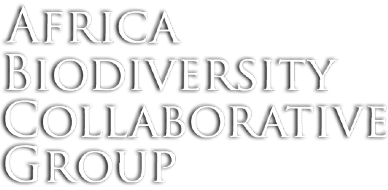Overview
On Mining and Conservation in Africa
As conservation NGOs focus on larger landscapes such as ecoregions and hotspots, they must consider engaging with other sectors that impact biodiversity such as the mining industry. The African continent is richly endowed with mineral reserves and ranks first or second in terms of concentration of world mineral reserves of bauxite, cobalt, diamond, gold, manganese, platinum-group metals and titanium minerals (rutile and ilmenite), among others. Mineral exploration and production constitute significant parts of Africas economies and remain important to future economic growth. Consequently, there is an increasing interest in mining activities occurring in important areas for biodiversity conservation, especially as some African nations open up more opportunities to the private sector.
Overview of High Conservation Value Forest Assessment
With the current scramble for natural resources in Africa, expansion of industrial activities (palm oil, industrial-scale agriculture, logging, transport infrastructure and mining) are an increasing threat to biodiversity. These impacts can be reduced or prevented by a careful process of land-use planning that identifies sensitive areas. The High Conservation Value approach identifies types of high conservation values and provides guidelines for how they should be evaluated. Such information is important for both the conservation community and extractive industries. The HCV approach is referred to by the major certification schemes (developed by the Forest Stewardship Council, but also valued by others, including Roundtable on Sustainable Palm Oil & Climate and Community & Biodiversity Alliance) and leading development bank safeguards (e.g. IFC Performance Standard 6).


Add a Comment